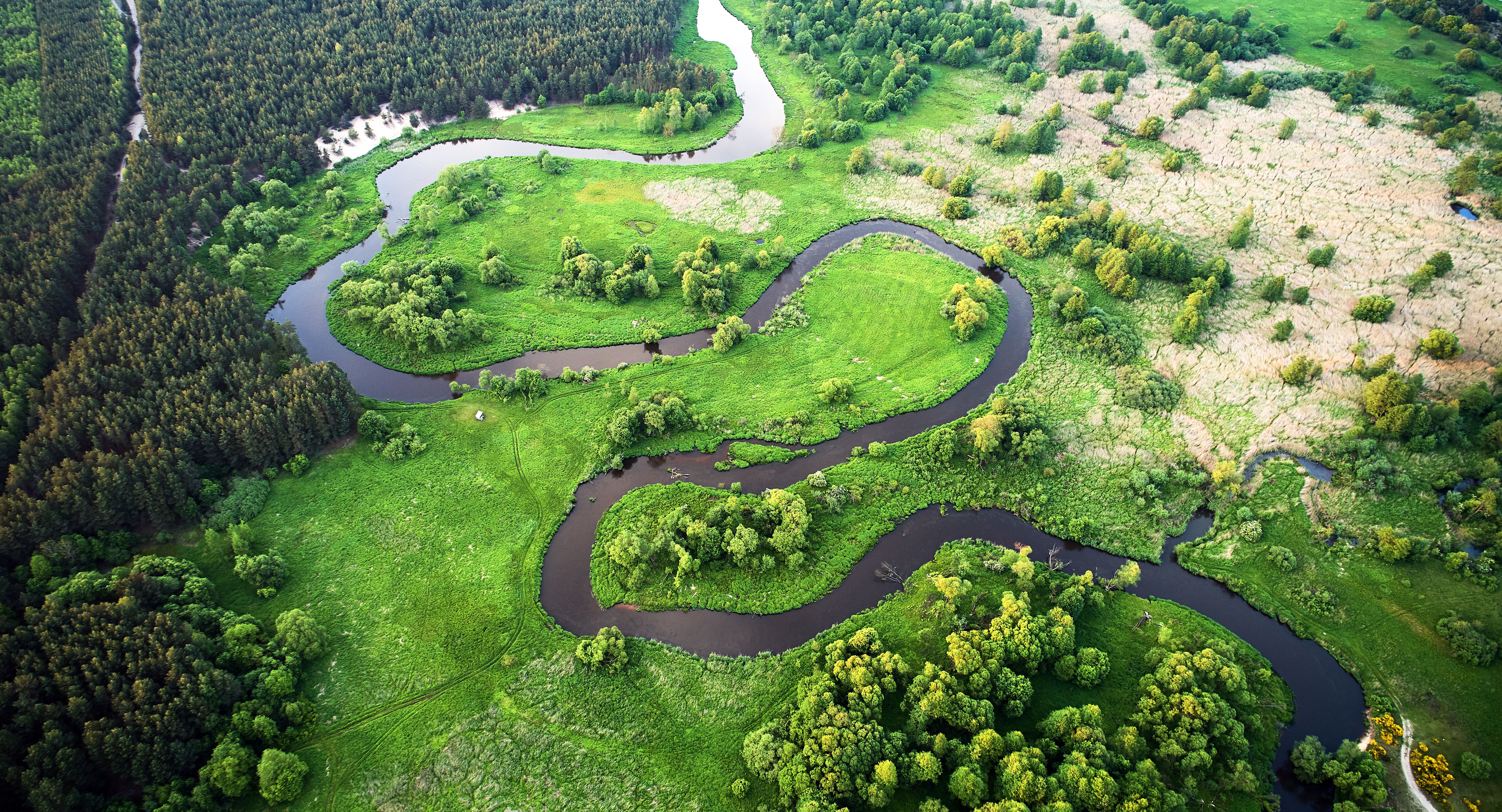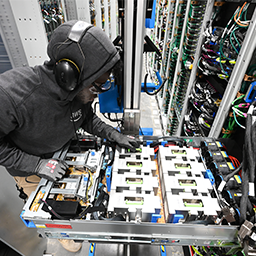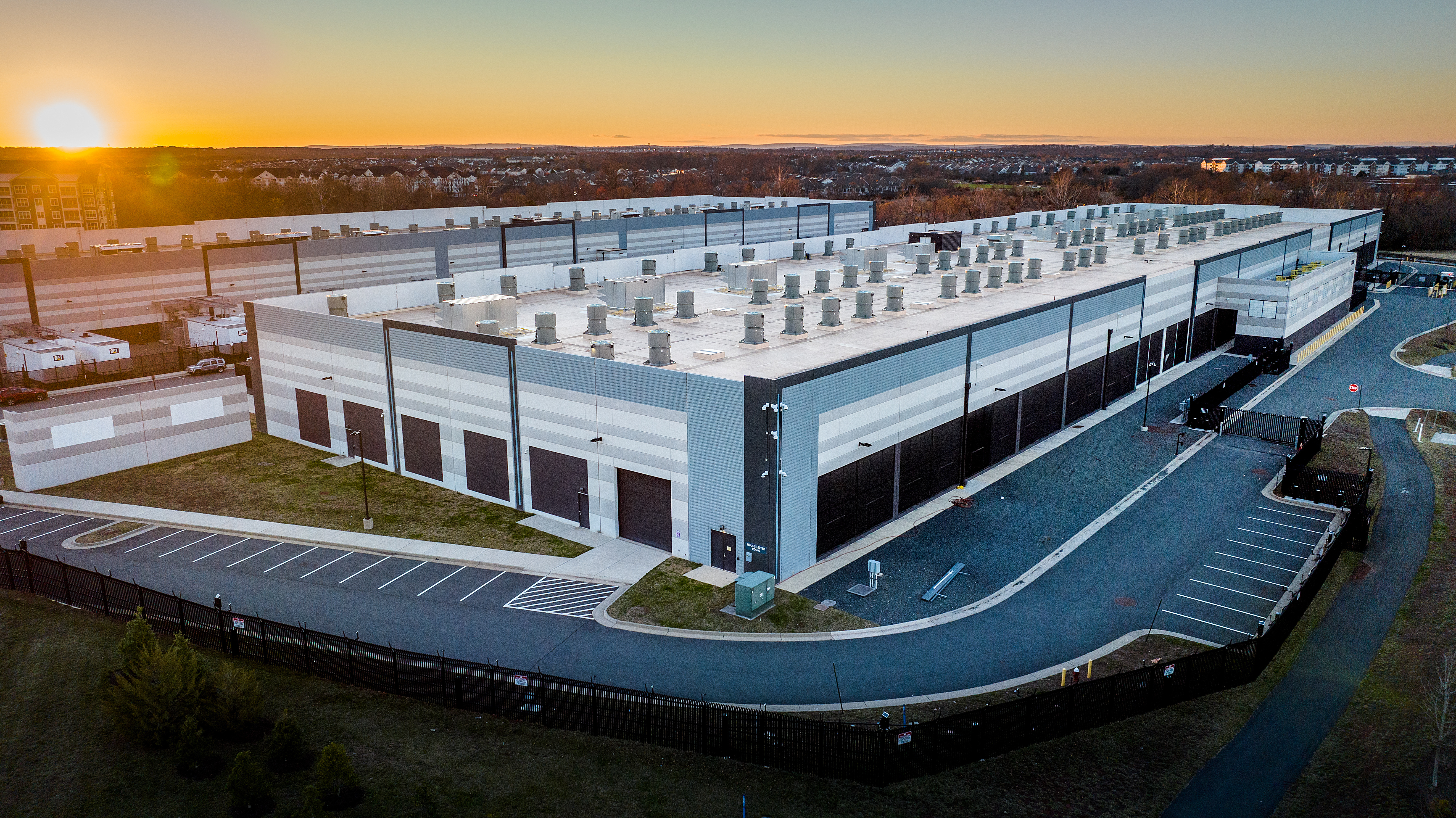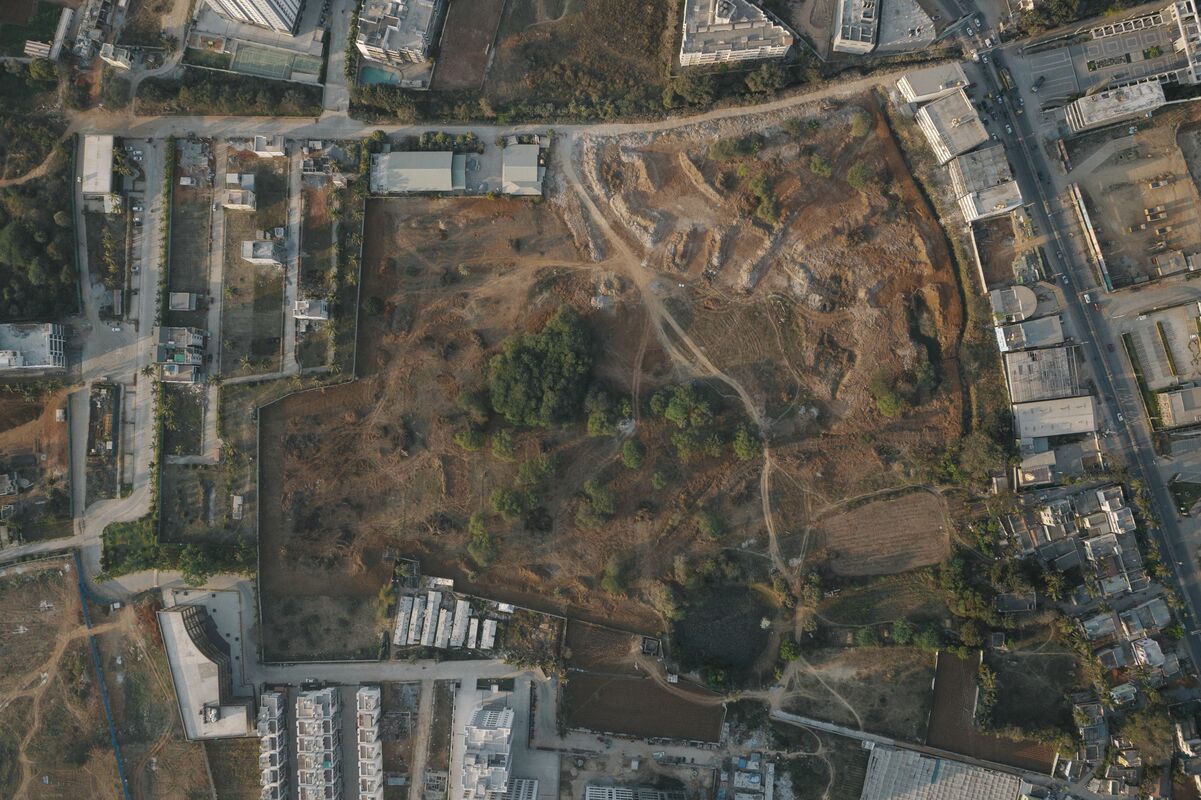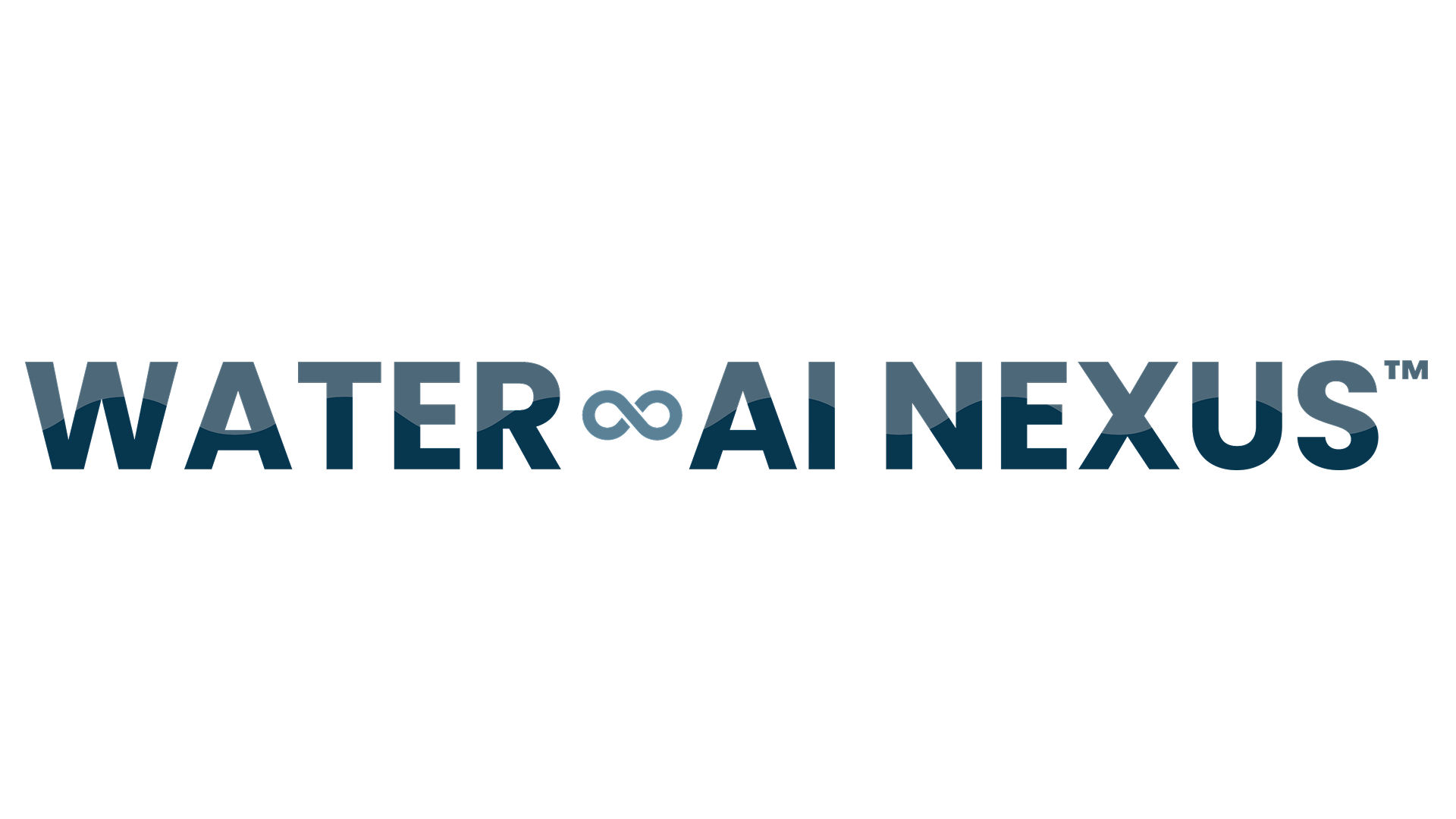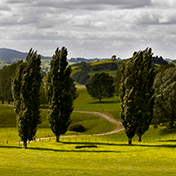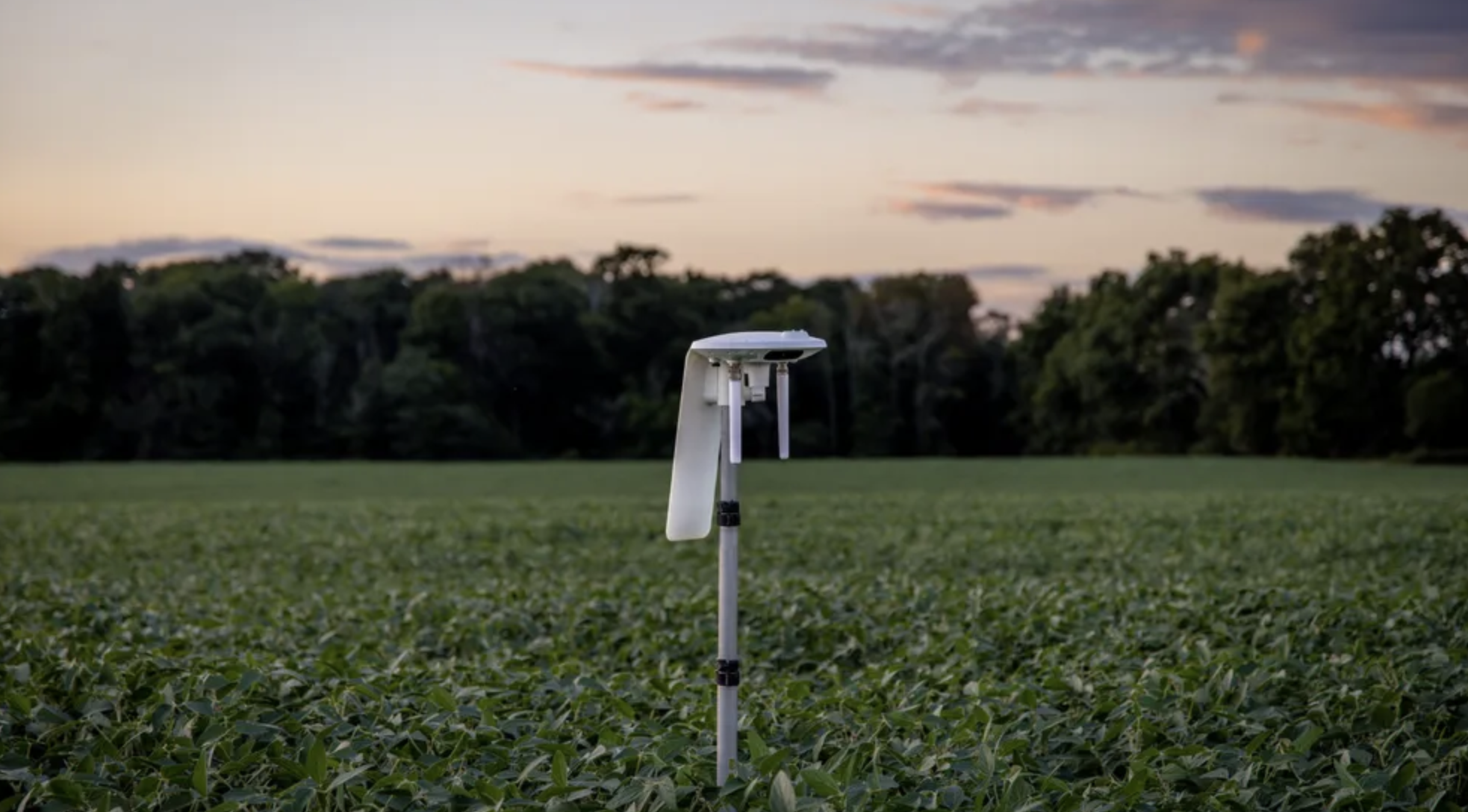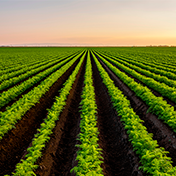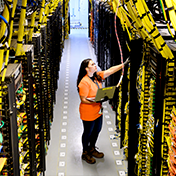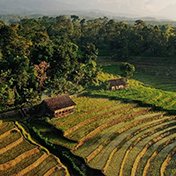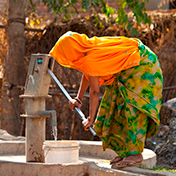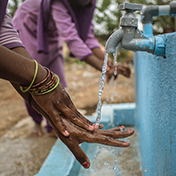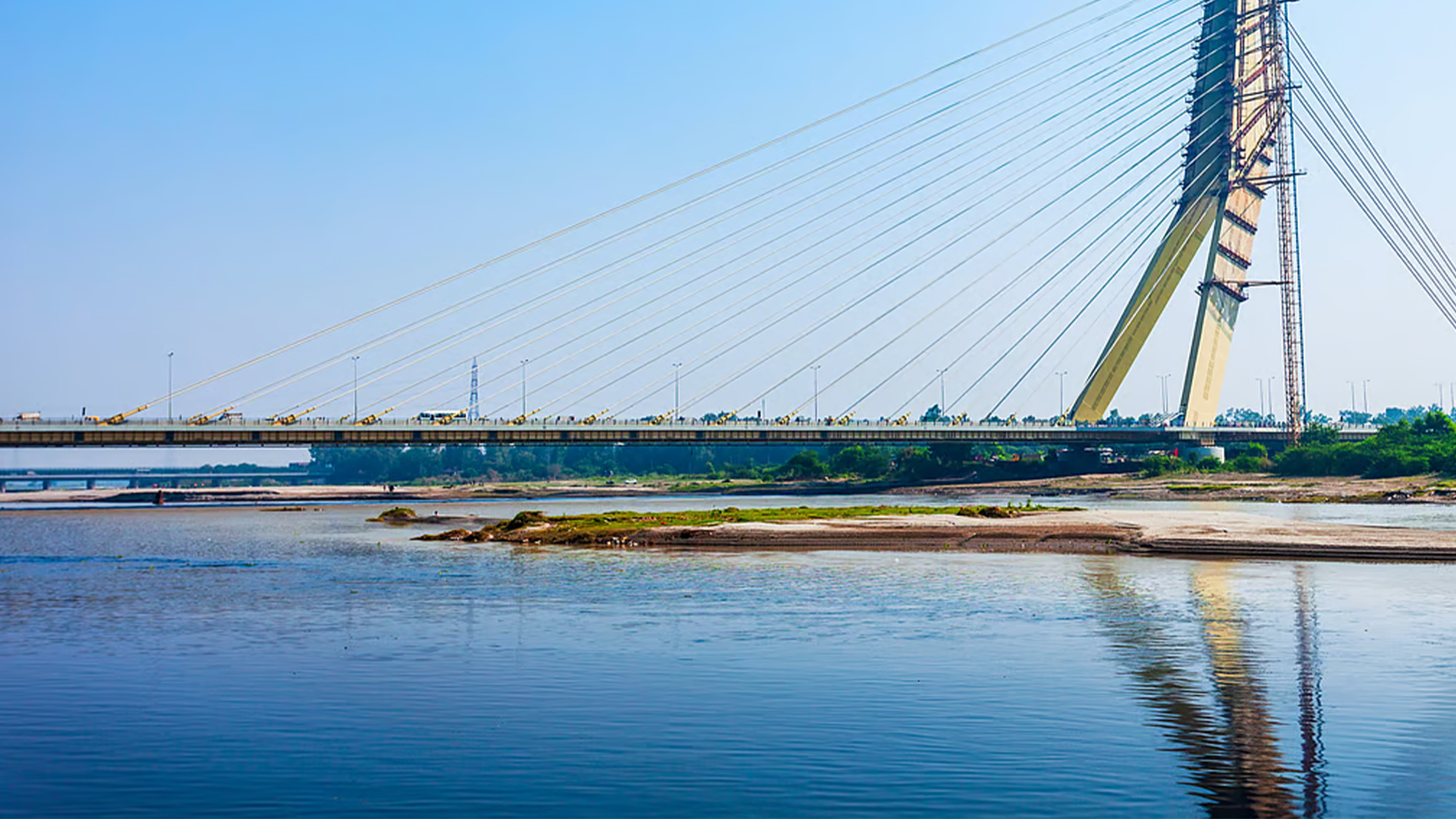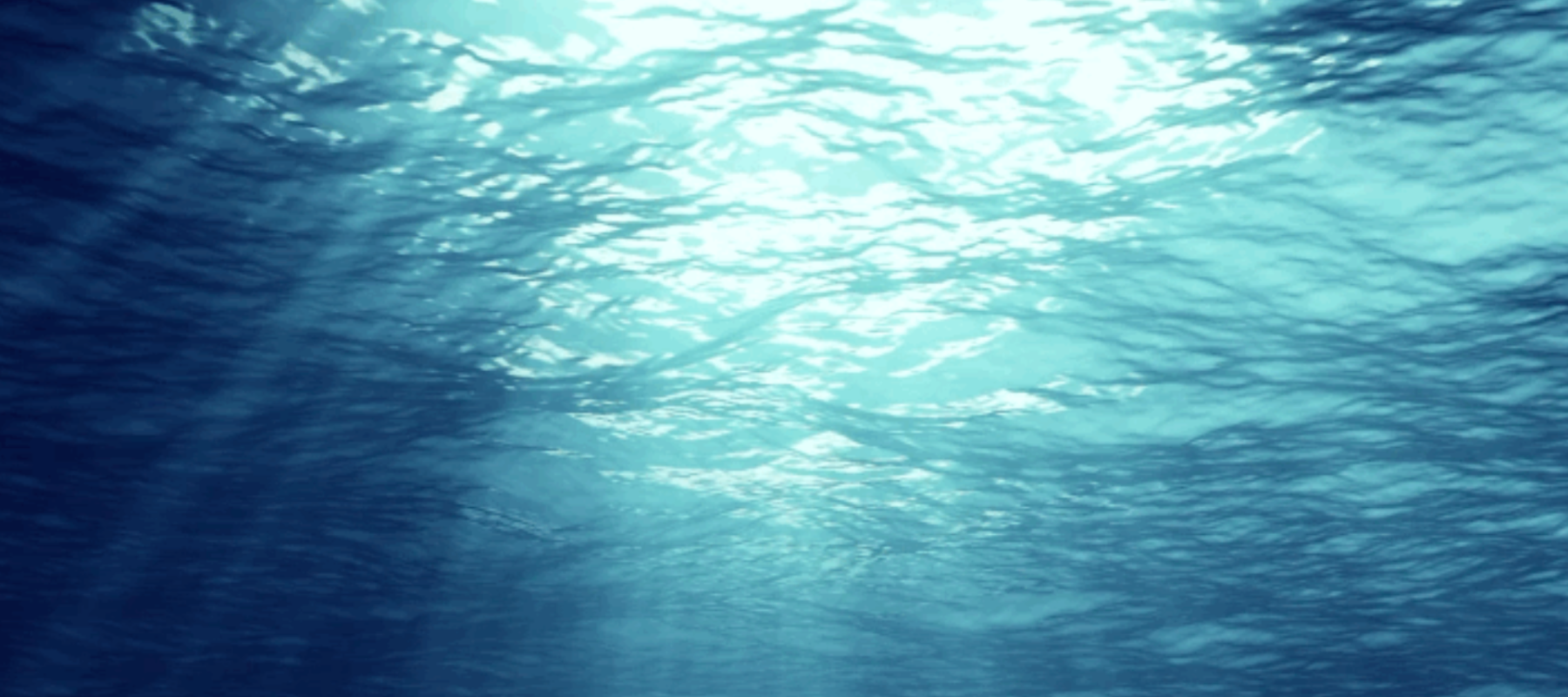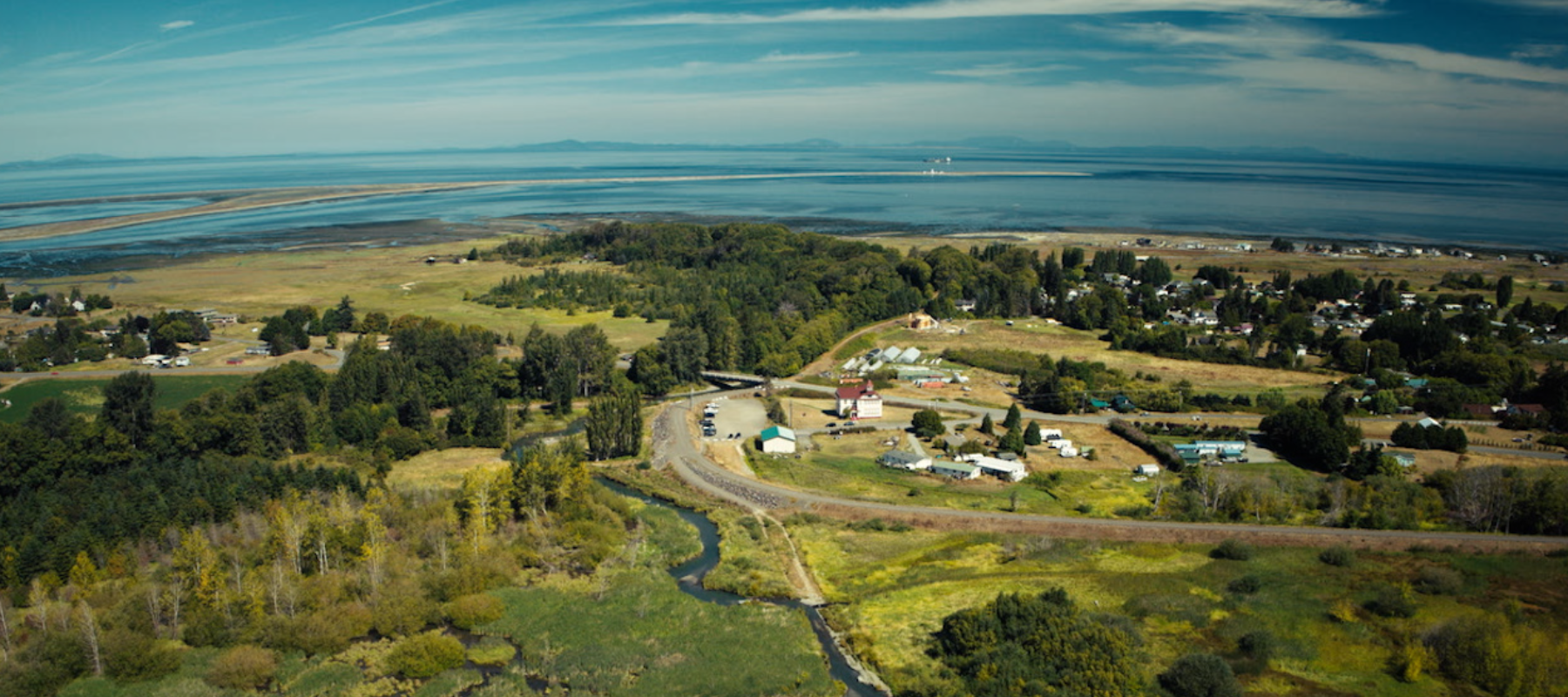We drive progress through the following strategies:
- Reduce: We're constantly working to reduce our water use. We increase our water use efficiency and reduce local withdrawals by installing water-conserving measures in buildings and use cloud-based Internet of Things (IoT) technology to analyze real-time water use and identify leaks.
- Reuse: We strive to source water from more sustainable sources, such as recycled and/or harvested rainwater, to minimize demands on public water supplies.
- Replenish: We invest in water replenishment projects that increase water access, availability, and quality by restoring watersheds and bringing clean water, sanitation, and hygiene services to water-stressed communities.
.png)
